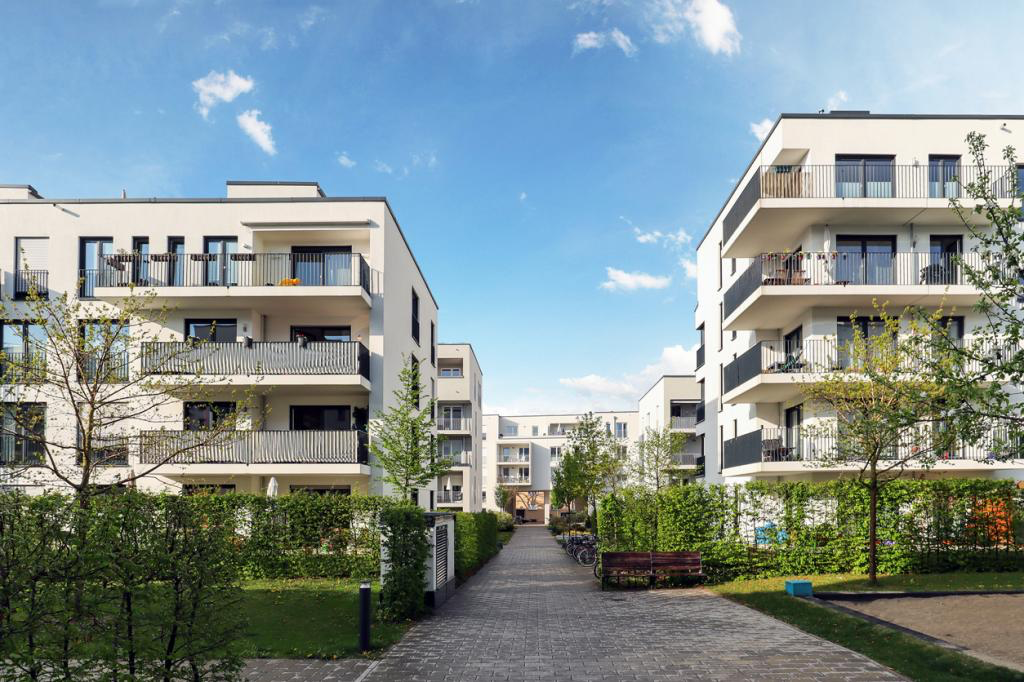Free Courses Sale ends Soon, Get It Now


Free Courses Sale ends Soon, Get It Now



Disclaimer: Copyright infringement not intended.
Context
The escalating issue of heatwaves in Indian cities, particularly focusing on the challenges posed by rising temperatures and the two-fold threat faced by both large and small cities.
Details
Challenges and Solutions for Big Cities
Strategies for Small Cities on the Brink of Growth
Key Urban Form Parameters and Their Impact
1.Urban Morphology:
2.Aspect Ratio:
3.Sky View Factor (SVF):
4.Blue/Green Infrastructure (B/GI):
5.Floor Space Index (FSI):
6.Street Orientation:
Neighbourhood Planning and Contextual Cooling Solutions
|
PRACTICE QUESTION Q) Rising urban heat waves pose a significant challenge to the liveability and sustainability of Indian cities. Discuss the key parameters of urban form and their role in enhancing heat resilience in cities. (150 words) |
https://www.downtoearth.org.in/news/governance/road-to-cool-cities-codes-based-on-unique-urban-form-can-be-helpful-91367
© 2024 iasgyan. All right reserved